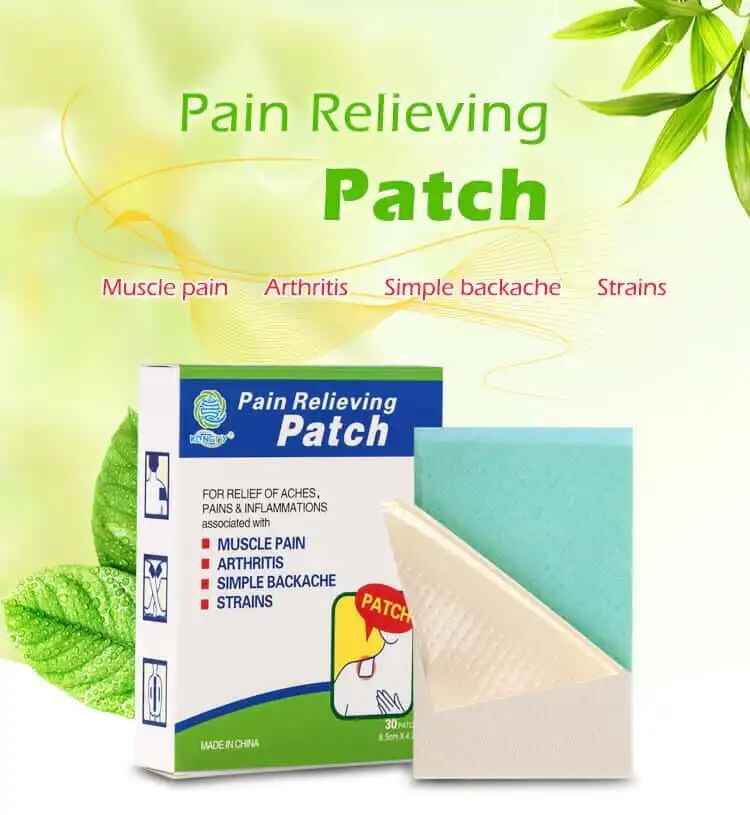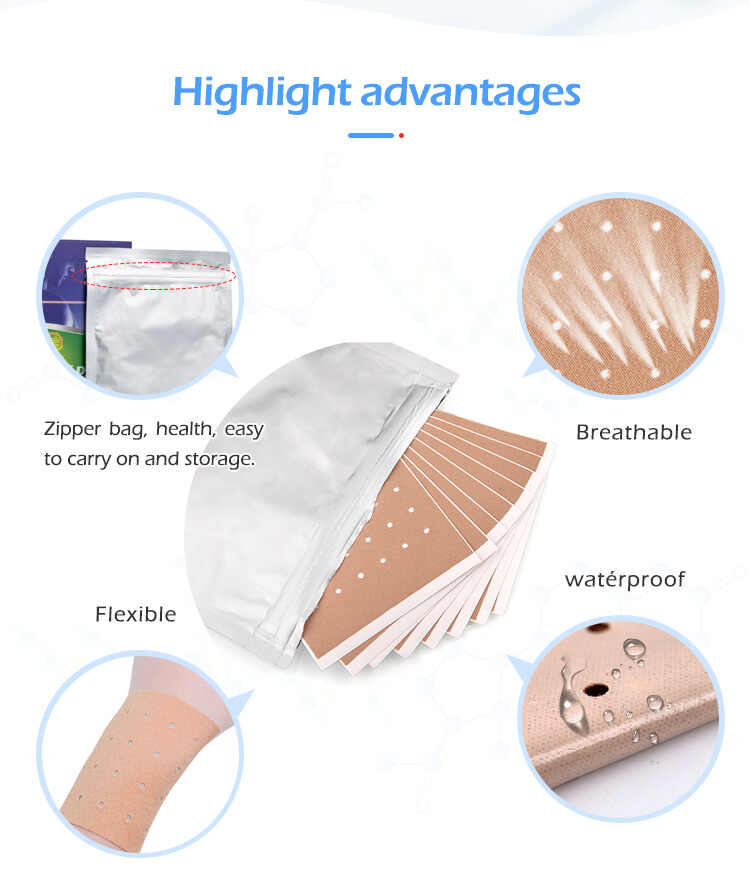Pain Relief Gel Patches OEM: Ensuring Compliance with Global Regulations
In the highly competitive and regulated health and wellness industry, Pain Relief Gel Patches OEM manufacturing has grown to become a vital component of many private label and custom product strategies. However, compliance with international regulations is not only necessary for market entry—it’s essential for maintaining product integrity, building consumer trust, and sustaining long-term success.
This article explores how OEM partners can ensure regulatory compliance globally and what businesses should look for in a Pain Relief Gel Patches Manufacturer, especially when creating Custom Pain Relief Gel Patches or Private Label Pain Relief Gel Patches.

1. Understanding Regulatory Compliance in the Pain Relief Gel Patches Industry
What Is Regulatory Compliance?
Regulatory compliance refers to the adherence of a product and its manufacturing process to the laws, guidelines, and specifications of the markets it serves. In the context of Pain Relief Gel Patches OEM, this includes safety, efficacy, labeling, ingredient sourcing, packaging, and import/export requirements.
Why Compliance Matters
Consumer Safety: Non-compliance can lead to harmful side effects and legal consequences.
Market Access: Without proper certification, a product cannot legally be sold in many countries.
Brand Reputation: Regulatory issues can damage brand trust permanently.
Recall Risk: Regulatory violations often lead to recalls, costing time, money, and brand equity.
2. Key Regulatory Standards for Pain Relief Gel Patches
When selecting a Pain Relief Gel Patches Manufacturer, ensure they comply with the following international regulations:
A. FDA Regulations (United States)
OTC Drug Monograph: Pain relief patches may be considered OTC drugs, and active ingredients must follow FDA monograph guidelines.
cGMP Standards (21 CFR Part 210/211): Manufacturing facilities must follow Current Good Manufacturing Practices.
B. EU MDR (European Union)
Medical Device Regulation (EU 2017/745): If the patch claims therapeutic effects, it may fall under Class I or II medical devices.
CE Marking: Required for products entering the EU market, indicating conformity with health, safety, and environmental protection standards.
C. TGA (Australia)
Therapeutic Goods Administration: Oversees medical devices and complementary medicines. Registration with the Australian Register of Therapeutic Goods (ARTG) is necessary.
D. NMPA (China)
National Medical Products Administration: Formerly CFDA, requires rigorous evaluation of efficacy and safety for products entering China.
E. Health Canada
Natural Health Product (NHP) Regulations: Pain relief patches containing natural ingredients must be licensed and labeled according to Canadian NHP standards.
3. The Role of a Compliant Pain Relief Gel Patches OEM
A qualified Pain Relief Gel Patches OEM partner not only provides manufacturing services but also offers strategic compliance support.
Documentation & Traceability
A reputable Pain Relief Gel Patches Supplier ensures full traceability of raw materials and provides documentation such as:
Certificates of Analysis (CoA)
Material Safety Data Sheets (MSDS)
GMP Compliance Certifications
Clinical or stability test reports (when applicable)
Ingredient Compliance
A Custom Pain Relief Gel Patches solution must be tailored to comply with the ingredient restrictions of each market. For instance:
EU bans over 1,300 ingredients in cosmetics and therapeutic products.
US FDA may restrict ingredients like methyl salicylate to certain concentrations.
Natural claims must meet NHP or TGA criteria.
Labeling & Claims
Labeling must comply with:
FDA/FTC for the U.S.
EU Cosmetics Regulation & MDR
Canadian Bilingual Labeling Requirements
TGA & NMPA disclaimers
Misleading claims like "cures arthritis" or "guaranteed pain removal" can trigger regulatory warnings or bans.
4. Choosing the Right OEM Partner for Global Compliance
When selecting a Private Label Pain Relief Gel Patches OEM, businesses must look beyond price and turnaround time. Key criteria include:
A. GMP & ISO Certification
Ensure the Pain Relief Gel Patches Manufacturer holds valid:
ISO 13485 (for medical devices)
ISO 22716 (for cosmetics)
GMP Certification (region-specific)
B. International Market Experience
Does your OEM understand the nuances of selling in the U.S., EU, China, or the Middle East? Choose an OEM with a proven track record of cross-border compliance.
C. R&D and Regulatory Support
An experienced Pain Relief Gel Patches Supplier should offer:
Regulatory consultation
Product registration assistance
Formula adaptation for different markets
D. Private Label Expertise
A partner experienced in Private Label Pain Relief Gel Patches can help brands stay compliant while maintaining visual and messaging consistency.
5. Real-World Examples: Compliance Pitfalls to Avoid
Example 1: A U.S. company tried to launch pain relief patches in Germany but was denied CE marking due to improper labeling and lack of MDR documentation.
Lesson: EU-specific requirements demand OEM support from manufacturers familiar with MDR protocols.
Example 2: A brand exported Custom Pain Relief Gel Patches with natural ingredients to Canada without a proper NPN (Natural Product Number). Products were pulled from shelves.
Lesson: Even natural products need regulatory approval in certain markets.
6. Compliance-Friendly Customization Options
Creating Custom Pain Relief Gel Patches doesn’t mean sacrificing compliance. Some options include:
Natural actives like menthol, camphor, or arnica that meet FDA/Health Canada guidelines.
Patch materials that are hypoallergenic and medical-grade (non-toxic, non-irritant).
Packaging solutions that follow global labeling protocols with QR codes, batch numbers, expiry dates.
An experienced Pain Relief Gel Patches OEM will guide you in making choices that ensure customization without risking compliance violations.
7. Final Thoughts
In the global pain relief market, compliance is non-negotiable. Whether you're launching Private Label Pain Relief Gel Patches or scaling up your brand with Custom Pain Relief Gel Patches, your success hinges on working with an OEM partner that prioritizes and delivers regulatory excellence.
A globally compliant Pain Relief Gel Patches Manufacturer doesn't just keep you out of trouble—it ensures long-term trust, repeat customers, and sustainable growth.
Frequently Asked Questions (FAQs)
Q1: What certifications should a Pain Relief Gel Patches Manufacturer have?
A1: Look for GMP, ISO 13485, or ISO 22716 certifications, depending on the product classification and market.
Q2: Can I sell Private Label Pain Relief Gel Patches worldwide with one formula?
A2: Not necessarily. Ingredient and claim regulations vary. You may need to adapt the formula per market.
Q3: What is the CE mark, and do I need it?
A3: The CE mark is required for medical devices in the EU, indicating regulatory compliance.
Q4: How can a Pain Relief Gel Patches OEM help with compliance?
A4: They assist with ingredient sourcing, labeling, documentation, and regulatory filing tailored to each target market.
Q5: Are natural ingredients always compliant globally?
A5: No. Even natural ingredients can be restricted. Each country has its own approved list.






